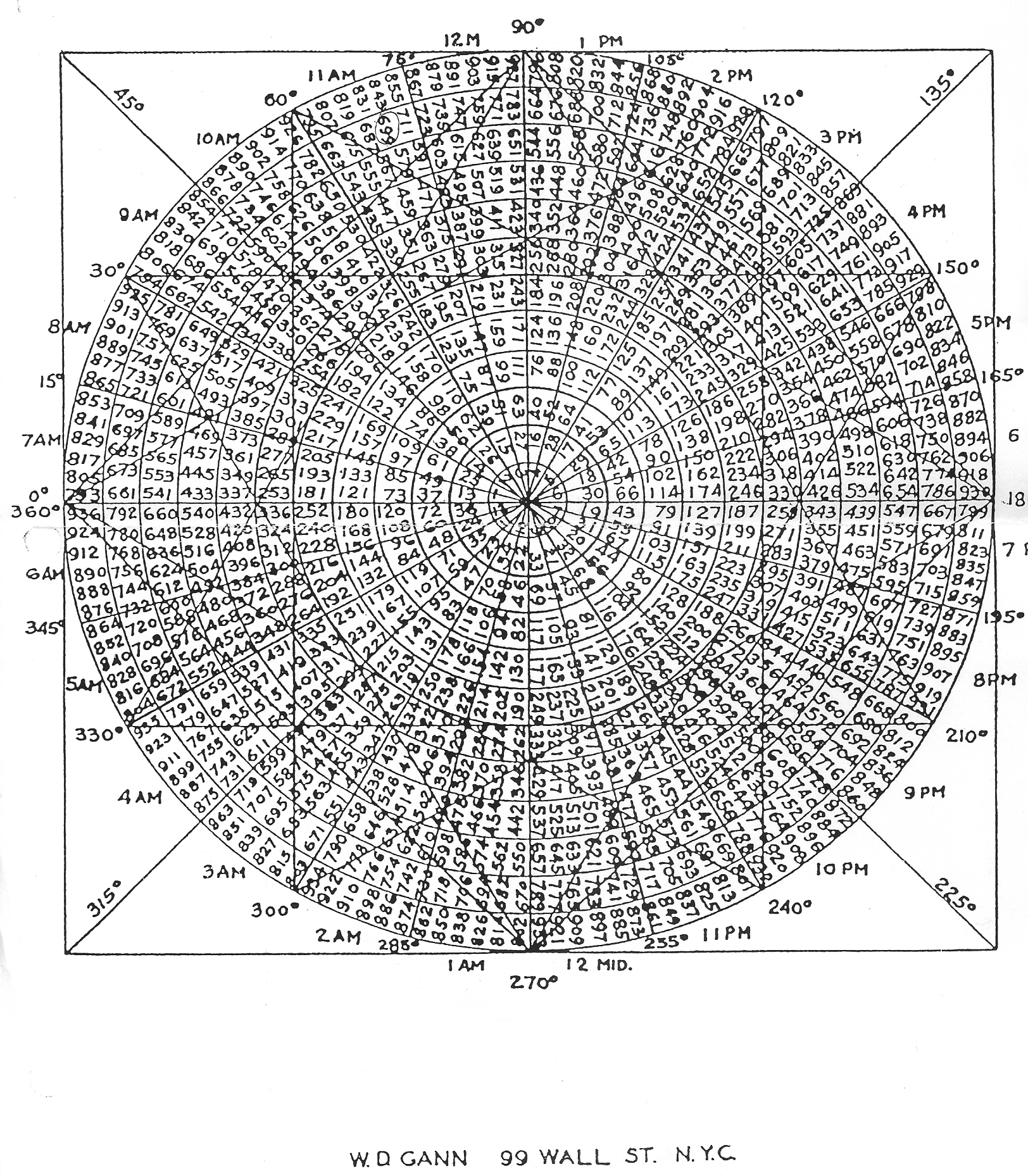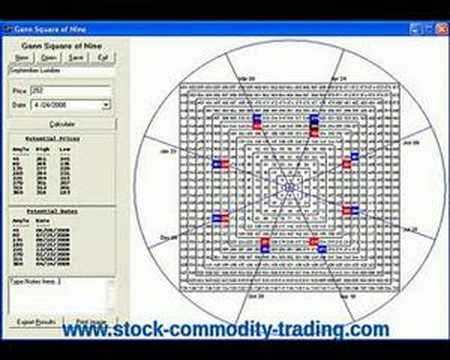

The Primary turning points generally represent the Monthly swing tops and bottoms, Secondary are the Weekly swing tops and bottoms, and Tertiary are the Daily swing tops and bottoms. These settings allow users the choice of which Turning Points will be displayed in the calculator grid. The first series in the first column on the left is displayed for reference purposes only.

Drag it right or left to view any of the series. If the table contains more series than can fit in the work area, a scroll bar will appear in the bottom border. The calculator will continue to be built this way until the numbers cover the Display Values you set. The third column in the example table would then start at 1584 and runs up in prices to 1728, which is 12 multiples of 144. It can be said that 1584 is 11 Squares of 144. This is because 11 multiples of 144, equals 1584. In the example table above you can see where 1584 is at the top of the second column, which has been numbered 11. The table also has the prices in the 25%, 50% and 75% regions shaded in bands. Numbers along the top or bottom of the table are 100% price pressure points of 144. Gann could consult his 144 Master Calculators and by locating the number on the table and studying its position, determine whether that price represented a pressure point. Gann used these calculators in his day due to necessity, as modern-day hand-held calculators where not available and he needed to compute numbers quickly. You will have to make your own decision on that.As mentioned previously, the 144 calculation involves creating a mathematical table or array of numbers in intervals of 144 in price. Maybe so, but we have found that with much of Gann's writings he throws around so much data that there is little information. For Square of Nine cognoscenti the Primary Dates are 90 degree rotations from zero and the Secondary Dates are 90 degree offsets (90-180-270). The results are categorized into Primary Dates and Secondary Dates. Again, there is no hard rule and you will have to experiment with your tickers to see if a reliable pattern develops.Īfter you have selected the Starting Date with the calendar window and made the choice between the vernal equinox of the current year or the previous year, click the PERFORM MASTER TIME CALCULATION button and view the results. Generally we use the vernal equinox of the prior year for Starting Dates that fall between the vernal equinox and the summer solstice (March 20 - June 22) and the vernal equinox of the current year for Starting Dates that fall after that. In the results window you can choose to start the master time calculation from the vernal equinox of the current year or the vernal equinox of the prior year.


 0 kommentar(er)
0 kommentar(er)
